Shanghai, China’s busiest port city, is more than just a financial powerhouse—it’s a global stage where history, culture and modern ambition converge.
With the Shanghai Cooperation Organisation (SCO) summit drawing the spotlight to Shanghai. Beyond the diplomacy, the city itself is stealing the show.
Shanghai stands out as a city that continually reinvents itself.
The glittering Bund skyline mirrors its futuristic side, while centuries-old temples, gardens, and winding alleys keep its heritage alive.
This Shanghai travel guide 2025 takes you inside China’s most vibrant metropolis—where futuristic skylines meet colonial waterfronts, where street food rivals fine dining, and where every corner hums with energy.
Whether you’re visiting for the summit buzz or planning a recent trip, here’s why Shanghai is the city everyone’s talking about.
Why Shanghai Is In Highlight
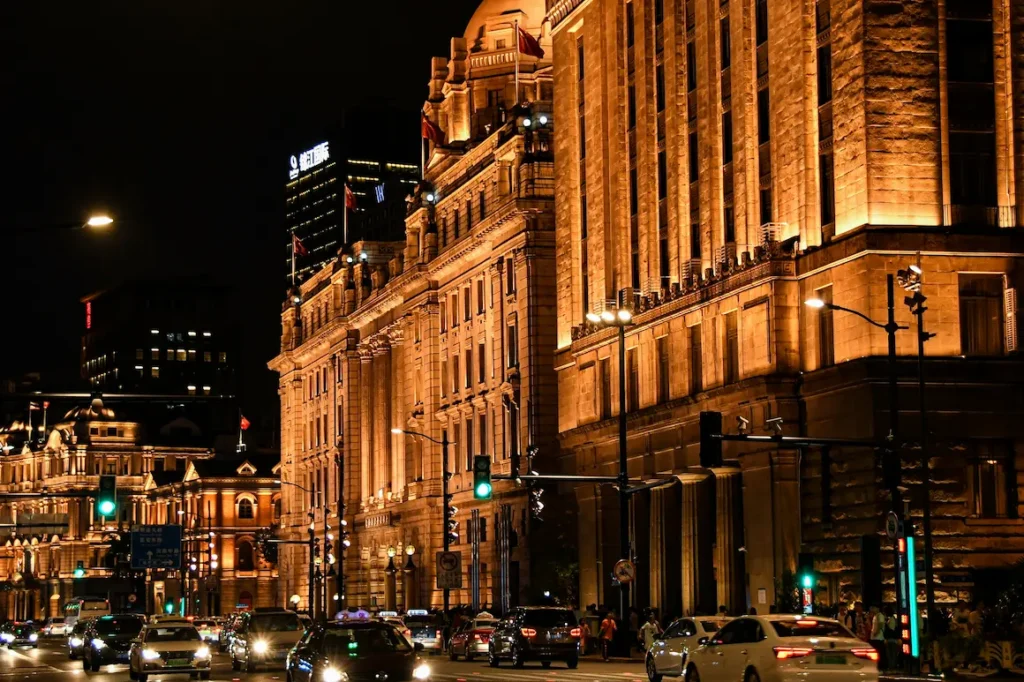
Shanghai is China’s economic capital and its most cosmopolitan port city. With the futuristic skyline of Pudong facing the historic Bund across the Huangpu River, it captures the essence of modern China—a seamless blend of old and new.
The city stands apart as a global hub of culture, commerce, and lifestyle. Where you can sip coffee in a European-style lane, marvel at neon-lit skyscrapers, and step into a thousand-year-old temple.
Families are drawn to Disneyland and kid-friendly attractions, food lovers rave about dumplings and street eats, and business travelers appreciate its global connectivity.
In 2025, as China is hosting the SCO Summit, Shanghai remains the face of the country’s economic and cultural power, balancing tradition with innovation and ensuring its place as one of Asia’s most compelling cities.
This Shanghai travel guide will give you an edge to know more about this vibrant metropolis with the most calming corners of the city.
How to Get In Shanghai: Airports, Trains and Visa Tips
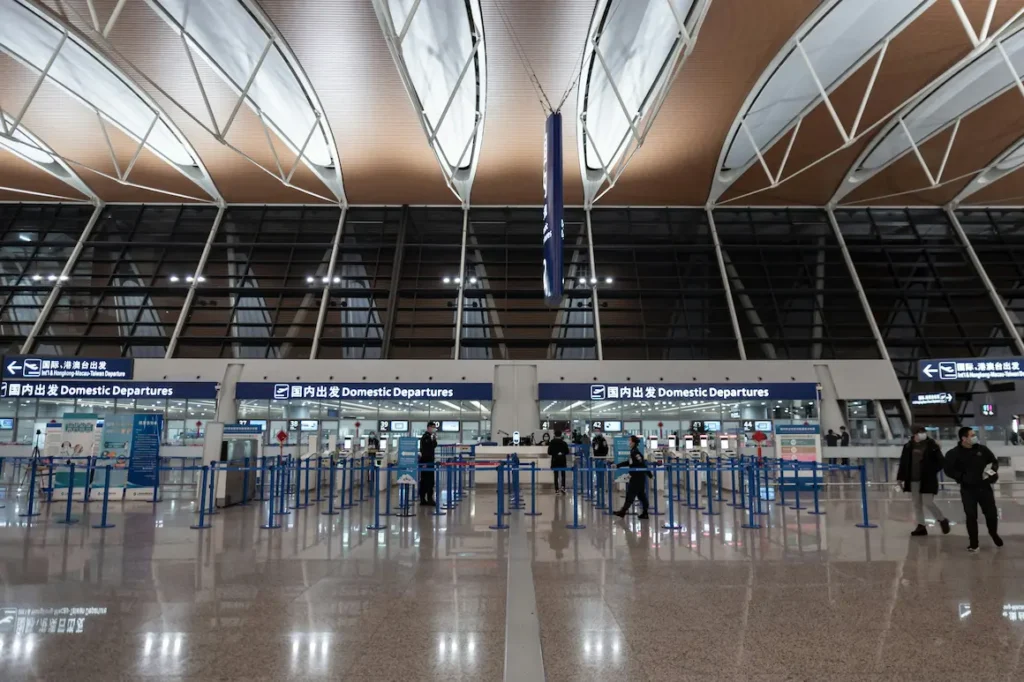
Shanghai has two major airports. Pudong International handles most long-haul flights and connects directly to the city by metro and the Maglev train. Hongqiao Airport, Shanghai, is closer to downtown and Disneyland, and is the hub for domestic routes and short international hops.
High-speed rail makes travel easy. The Shanghai–Beijing bullet train takes about 4.5 hours and links to other key cities, including Tianjin, where the 2025 SCO Summit will be held.
For many travelers, entry is simple. Shanghai offers a 240-hour visa-free transit policy for certain nationalities, allowing stopovers of up to 10 days without a visa—perfect for short visits or multi-country Asia itineraries.
Best Time to Visit Shanghai,China
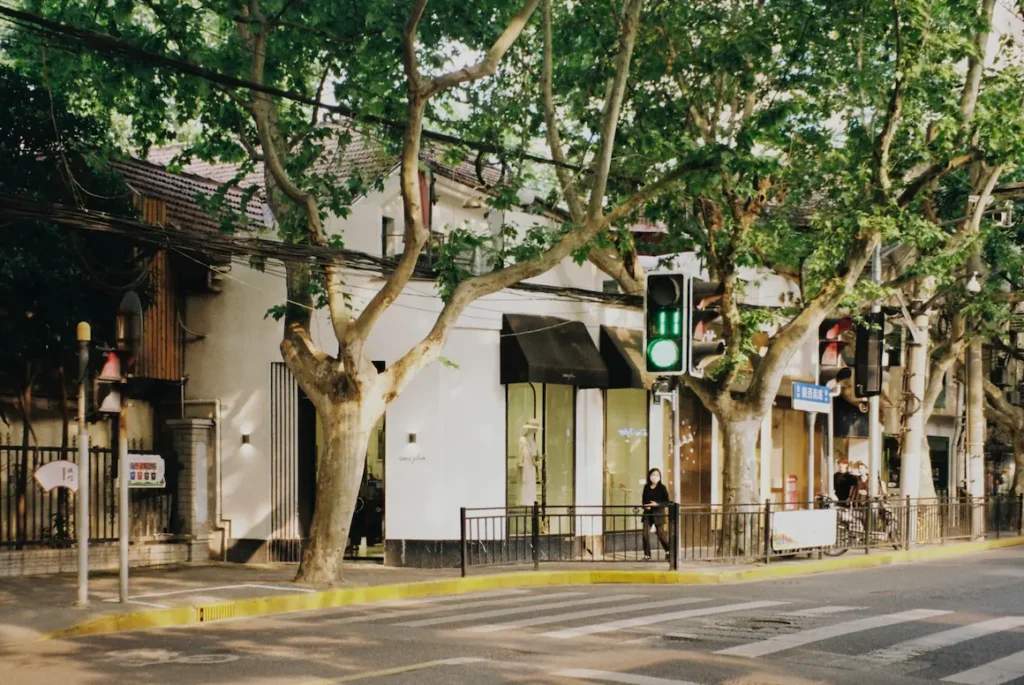
Spring (March to May) and autumn (September to November) are the sweet spots. Expect comfortable temperatures, blooming parks, and clear walking weather. Pack light jackets and layers for cool mornings and evenings. You can enjoy cherry blossoms at Century Park or stroll The Bund without the summer humidity.
Summer (June to August) is hot and humid, with frequent rain showers. If you’re traveling during school break, book indoor-friendly stops like Shanghai Museum, aquarium, and Disneyland’s shaded zones. Light clothing, sunscreen, and umbrellas are essential.
Autumn (September to November) offers crisp air and colorful leaves in city parks. It’s the most pleasant season for day trips to nearby water towns like Zhujiajiao. A light sweater will cover you for evenings.
Winter (December to February) is cold and damp, though snowfall is rare. Crowds are thinner, and hotel rates drop. Warm coats and scarves are a must, and indoor attractions such as art galleries, malls, and tea houses are ideal.
Avoid peak holiday rush during Lunar New Year (February) and Golden Week (October), when travel prices spike and major sites are packed.
How to Get Around Shanghai
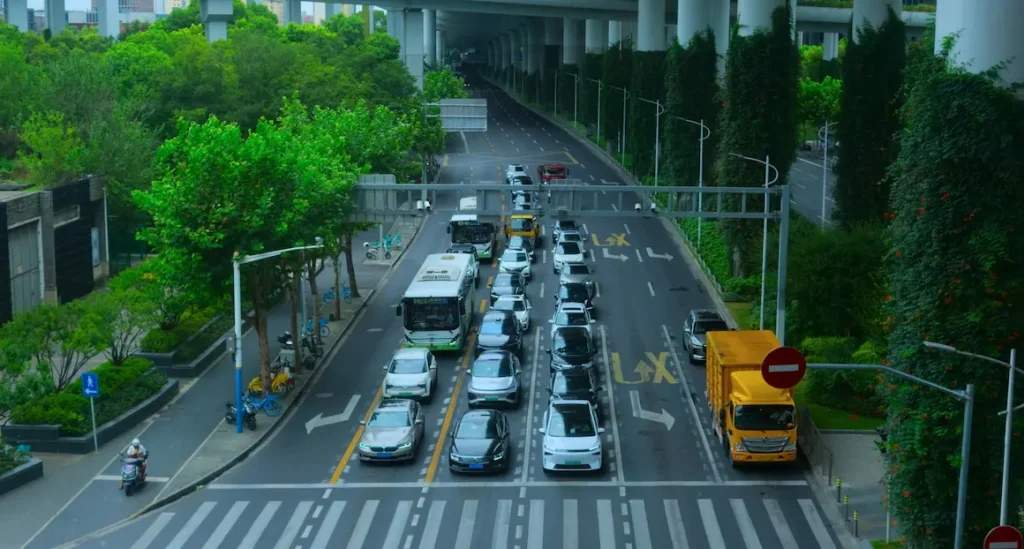
The metro is the fastest and most budget-friendly way to move around. Trains are clean, safe, and stroller-friendly, with English signs at all major stations.
DiDi, China’s version of Uber, has an English interface and is reliable for short rides. It’s slightly pricier than the metro but far cheaper than U.S. ride-hailing.
For airport transfers, book an MPV (multi-purpose vehicle) in advance. It’s roomy enough for strollers, luggage, and tired kids — a big insider win for families.
Taxis are available but harder without Mandarin. Stick to Metro and DiDi for ease and value.
Where to Stay in Shanghai
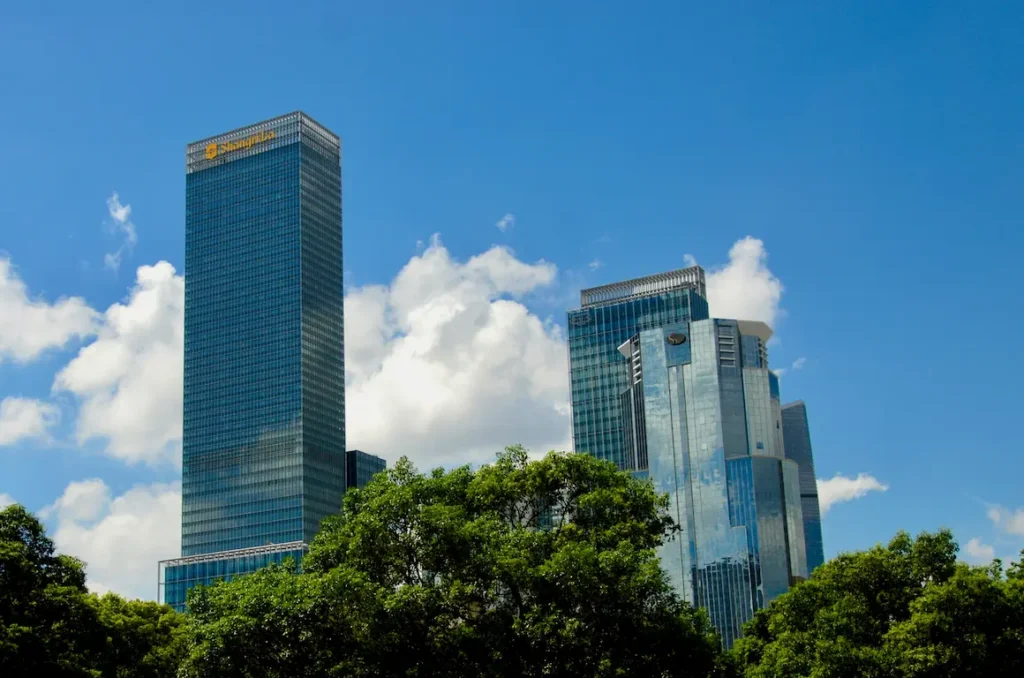
For first-time visitors, The Bund is hard to beat. Hotels here offer skyline views of the Huangpu River and quick access to top attractions. Expect luxury stays with price tags to match.
The Former French Concession offers a different charm. Tree-lined streets, boutique hotels, and trendy cafés make it a favorite for tourists wanting a quieter, more local feel while still being central.
Both areas are safe, well connected, and ideal bases for exploring the city.
Must-Have Apps and Connectivity in China
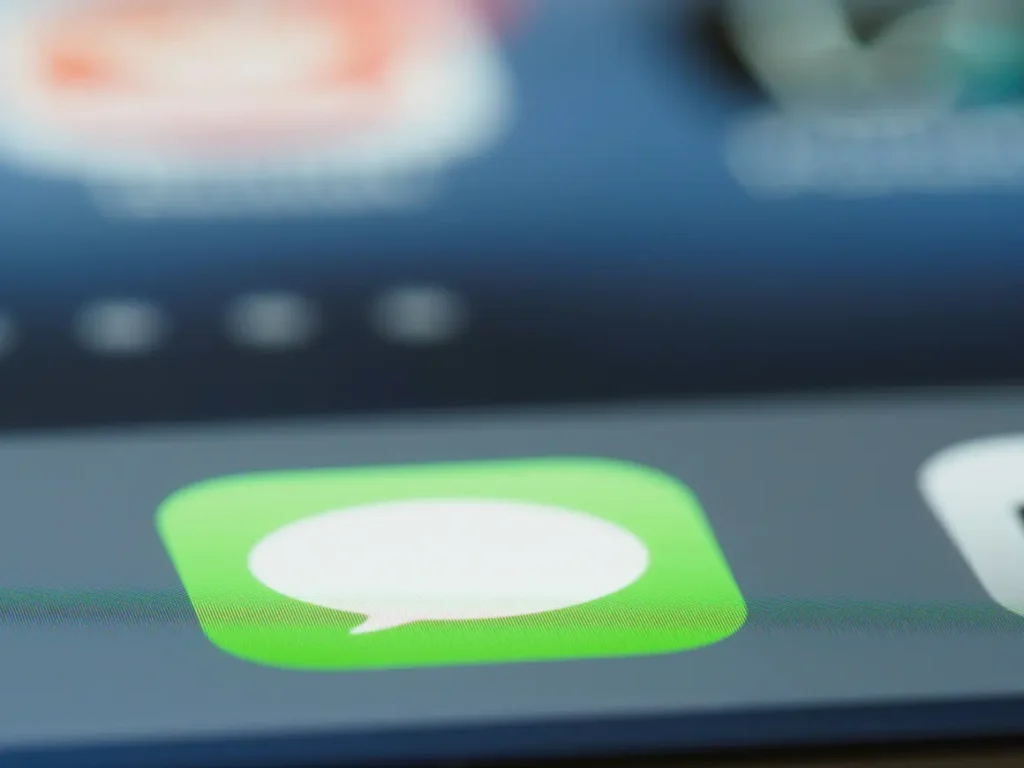
English is limited in Shanghai(better then Beijing), or across China, so the right apps make travel easier.
- Stay Connected with an eSIM
Install an eSIM before you land for instant data. Pair it with ExpressVPN to access Google, Instagram, and WhatsApp behind the “Great Firewall.” Download both before leaving the U.S. - WeChat
China’s all-in-one app. Use it to message locals, book taxis, or even scan QR menus. Pro tip: set up your account and link a card before you arrive—it saves hassle at check-in counters and cafés. - WeChat Pay
Cash is fading in China. Activate WeChat Pay or the Tourist Wallet to buy everything from dumplings to Disney tickets. Payments are instant, and it works at almost every shop. - Alipay
A strong backup to WeChat Pay. Link your Visa or Mastercard easily—no Chinese bank account required. Many travelers use both to avoid hiccups. - DiDi Ride-Hailing
Think Uber, but for China. The English interface lets you book taxis or premium cars. Enter destinations in English, and drivers see the Chinese translation automatically. - Baidu Maps
Google Maps doesn’t work here. Baidu Maps is the reliable option for walking routes, metro transfers, and traffic updates. The interface is mostly in Chinese, but icons are clear. Pin your destination before heading out. - Da Zhong Dian Ping
China’s Yelp, but with more depth. Use it to find the best dumplings or bubble tea spots nearby. Bonus: check customer photos before ordering. - Waygo Translator
Point your camera at menus, street signs, or product labels and see instant English translations—no Wi-Fi needed. Handy when ordering noodles late at night.
Pro tip: Download and set up all apps while still in your home country. Some app stores and websites are blocked once you land in China.
Must-Visit Attractions in Shanghai
Experience the Best of Old and New
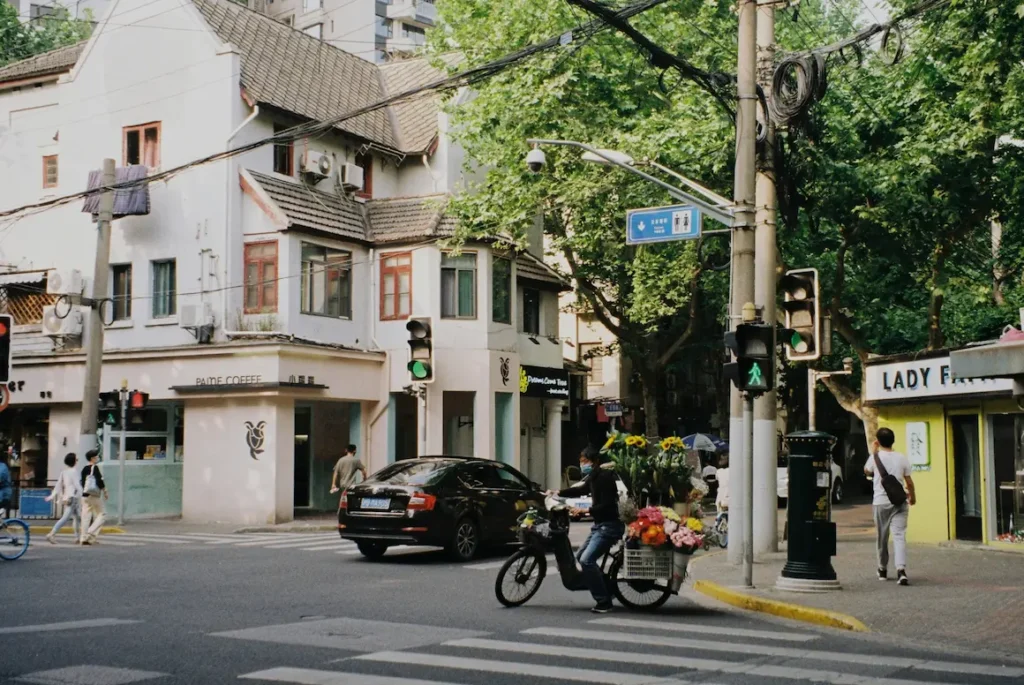
Stroll along The Bund for sweeping skyline views, especially magical at night. Explore the Former French Concession and Wukang Road, where coffee culture meets leafy boulevards. For artsy vibes, wander through Tianzifang’s creative alleys.
Classic Shanghai Highlights
Step into history at the Yu Garden and Bazaar, shop along Nanjing Road, and enjoy a riverside walk on Zhongshan Road.
In the evening, a Huangpu River cruise or the ERA Acrobatics Show are top picks.
Modern Icons
Catch the city’s most stunning sunset from the Shanghai Tower, admire the futuristic Oriental Pearl Tower, or enjoy a peaceful stroll along the North Bund Riverside Walk and Yuan Ming Yuan Road.
Family-Friendly Adventures
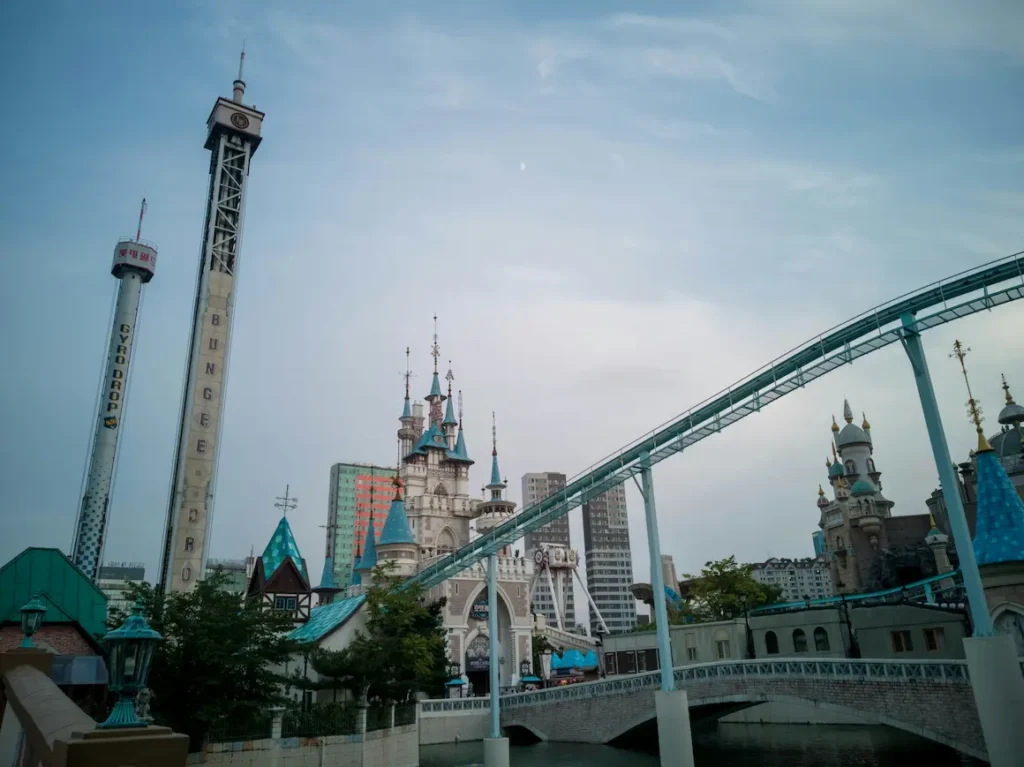
Families love Shanghai Disneyland, home to the TRON Lightcycle and Pirates of the Caribbean rides. For active fun, try Yaoxue Snow World Ski Area or relax at the Shanghai Greenhouse Garden, a hidden gem for kids.
Wondering if Shanghai might suit your family better, or where to land first in China with kids? Check out our Shanghai vs Beijing with kids guide, where we share the honest parent scoop on both cities
Best Food Experiences in Shanghai
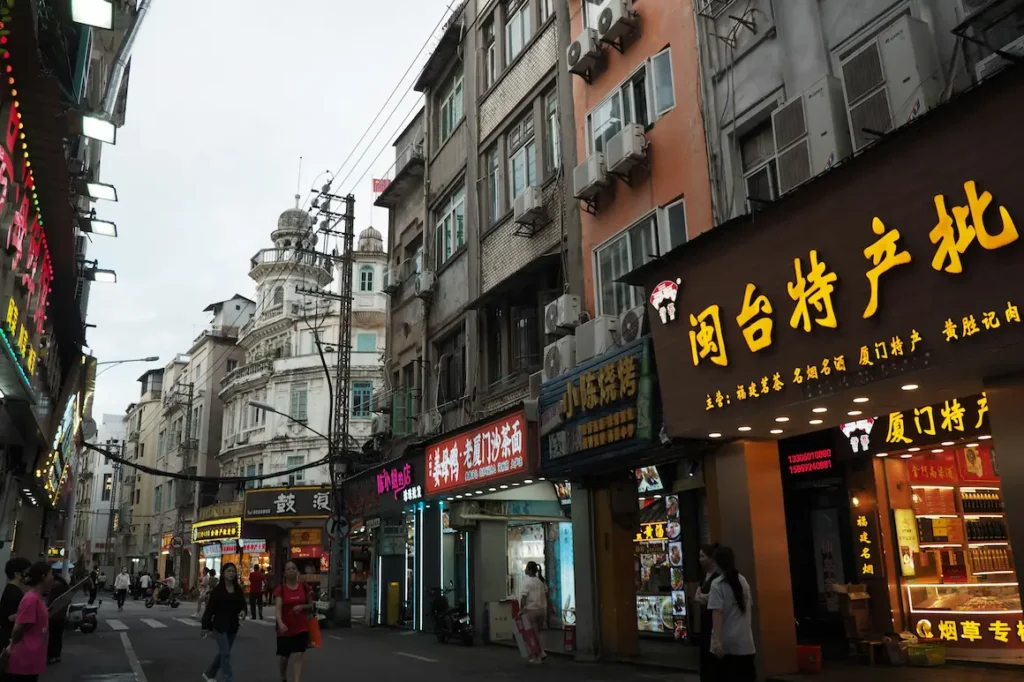
Food is central to any Shanghai visit. Start with soup dumplings, or xiaolongbao, the city’s signature bite. For seafood, try crab noodles at Zhuang’s Longxing Crab. A hotpot dinner at Mi Chongshan Hotpot is a flavorful, communal experience.
For dessert, Manner Coffee pairs sweets with views of the Oriental Pearl Tower. On the streets, look for dumplings, bok choy stir-fries, and crispy egg rolls.
Shanghai noodles are thicker and chewier than udon, with a soy-based flavor that sets them apart.
3-Day Shanghai Itinerary (Family-Friendly)
This plan works well for international arrivals or travelers coming from Beijing on the high-speed train. It balances history, culture, and family fun.
Day 1: Classic and Skyline
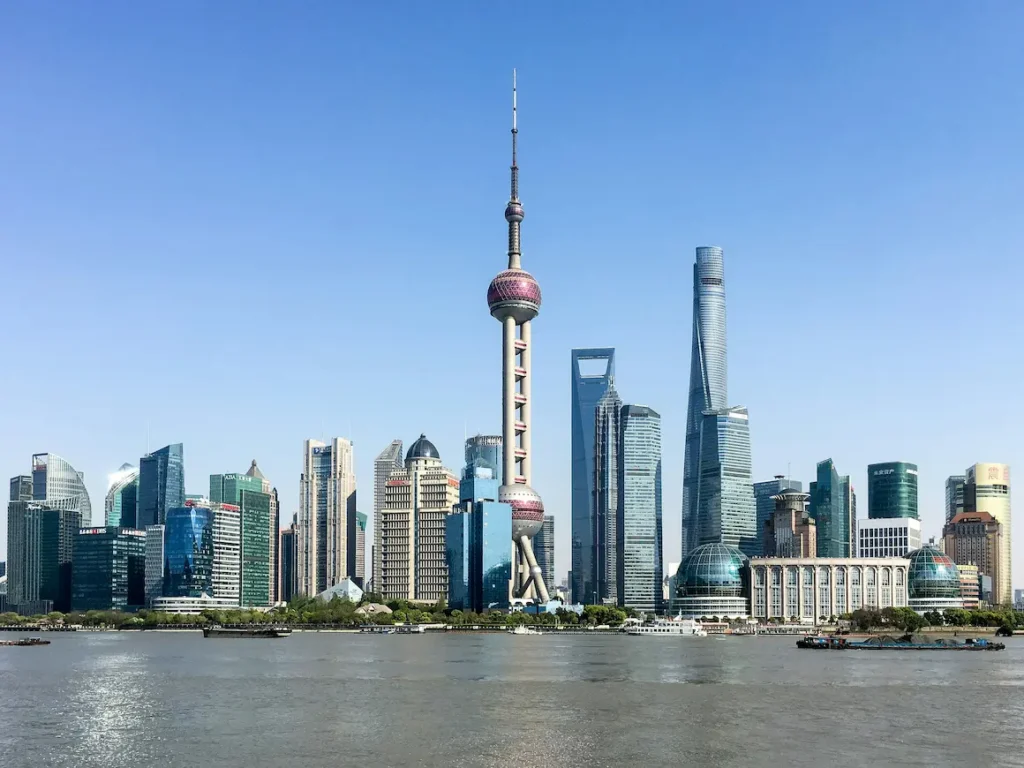
Start at Yu Garden for Ming Dynasty architecture and lively markets. Walk along Nanjing Road for shopping and people-watching, then head to the Bund for sweeping riverfront views. End with a Huangpu River cruise to see the skyline lit up at night.
Day 2: Culture and Charm
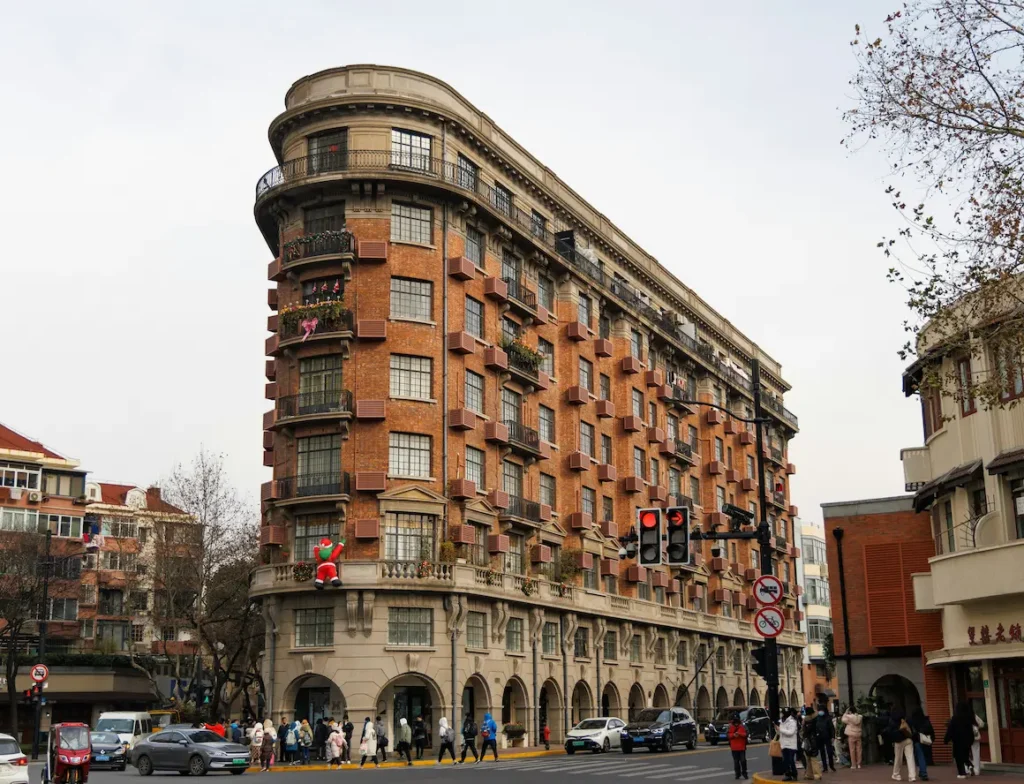
Stroll the tree-lined streets of the French Concession. Browse art studios and boutiques in Tianzifang before sitting down for an imperial-style dinner.
Day 3: Modern Thrills
Take in views from the Shanghai Tower observation deck. Spend the rest of the day at Shanghai Disneyland, a fitting finale for kids and parents alike.
For first-timers, three days in Shanghai offer a balanced introduction without feeling rushed.
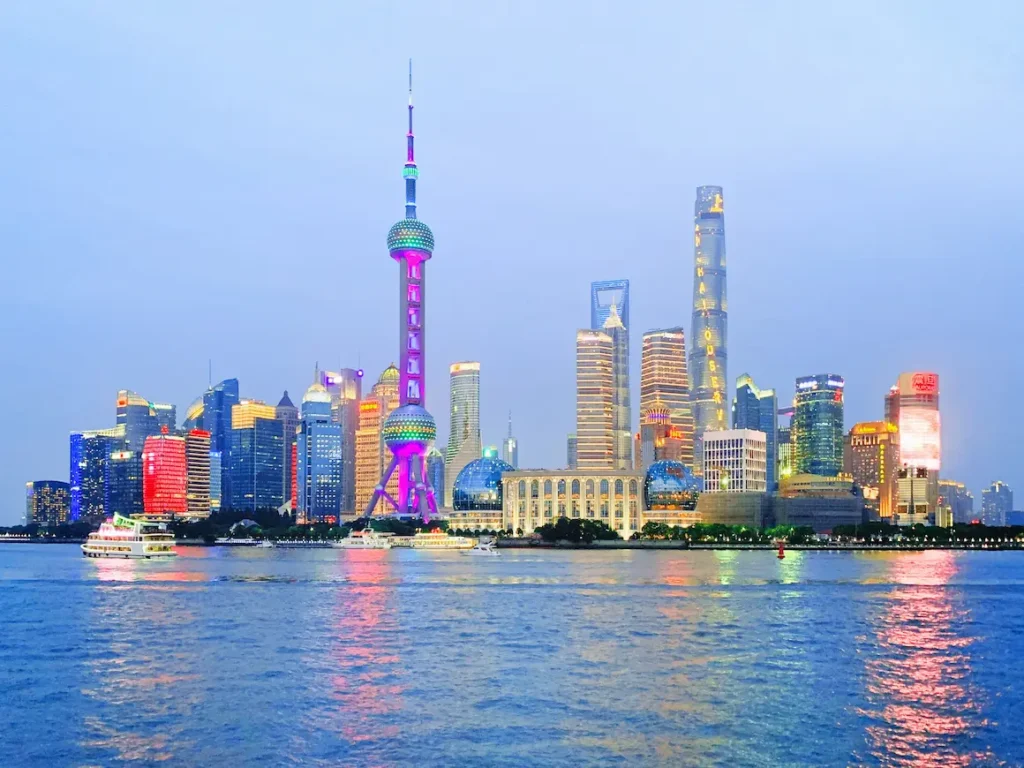
Shanghai is China’s ultimate blend of old and new, where historic gardens and French boulevards meet glittering towers and world-class entertainment. And with the city back in global headlines as the namesake of the Shanghai Cooperation Organization, 2025 offers travelers a rare chance to see why Shanghai is as family-friendly as it is geopolitically iconic.
FAQ about Shanghai
When was the Shanghai Cooperation Organization established?
The Shanghai Cooperation Organization (SCO), a regional political, economic, and security alliance, was established on June 15, 2001, in Shanghai, China. It brings together countries across Asia to promote cooperation on security, trade, energy, and cultural exchange.
Which is better to visit: Shanghai or Beijing?
Shanghai is better suited for travelers who want a modern, international city with futuristic skylines, luxury shopping, and family attractions like Disneyland.
In contrast, Beijing is the choice for those seeking China’s historic heart, with landmarks such as the Forbidden City and the Great Wall.
The two cities are about 820 miles (1,318 kilometers) apart and connected by high-speed trains that take 4.5 to 6 hours, making it easy to combine both for a complete trip.
Can’t decide between Beijing and Shanghai? Read our full guide: Shanghai vs. Beijing: Which City Is Better?
How does the 240-hour Shanghai transit visa policy work?
Shanghai offers a 240-hour visa-free transit policy for travelers from more than 50 countries. It allows international passengers to stay in Shanghai and certain nearby provinces without a Chinese visa if they are transiting to a third country. To qualify, visitors must arrive from one country, hold confirmed tickets to a different third country within 240 hours, and enter and exit through approved ports in Shanghai, Hangzhou or Nanjing.
Can you reach Tianjin from Shanghai for the SCO summit vibes?
Yes. Tianjin is about 1,000 kilometers from Shanghai and can be reached in 4.5 to 6 hours by high-speed train or about 2 hours by flight.
While Tianjin is hosting the founding of the Shanghai Cooperation Organisation, discussions are drawing attention to Tianjin as well.
Travelers can experience summit vibes by combining Shanghai’s global cityscape with Tianjin’s cultural landmarks, making the journey between the two cities both practical and symbolic.
Are Shanghai noodles the same as udon?
No. Shanghai noodles, also called cū miàn, are thick, chewy wheat noodles commonly used in stir-fries and soups in Chinese cuisine. Udon noodles are Japanese, softer in texture, and usually served in broths. While both are wheat-based and look similar, their flavor, preparation, and cultural origins are different.
Plan to explore more of China beyond Shanghai?
Don’t miss our insider guides to nearby cities:
- Tianjin, China: Top Places to Visit You Can’t Miss — from the Tianjin Eye to colonial streets, discover this cultural gem.
- Beijing, China: What to Do and See — dive into the capital’s history, landmarks and vibrant food scene.
Start mapping your China adventure today.
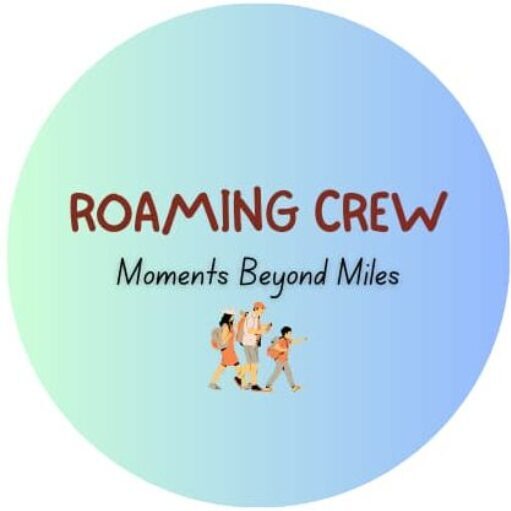
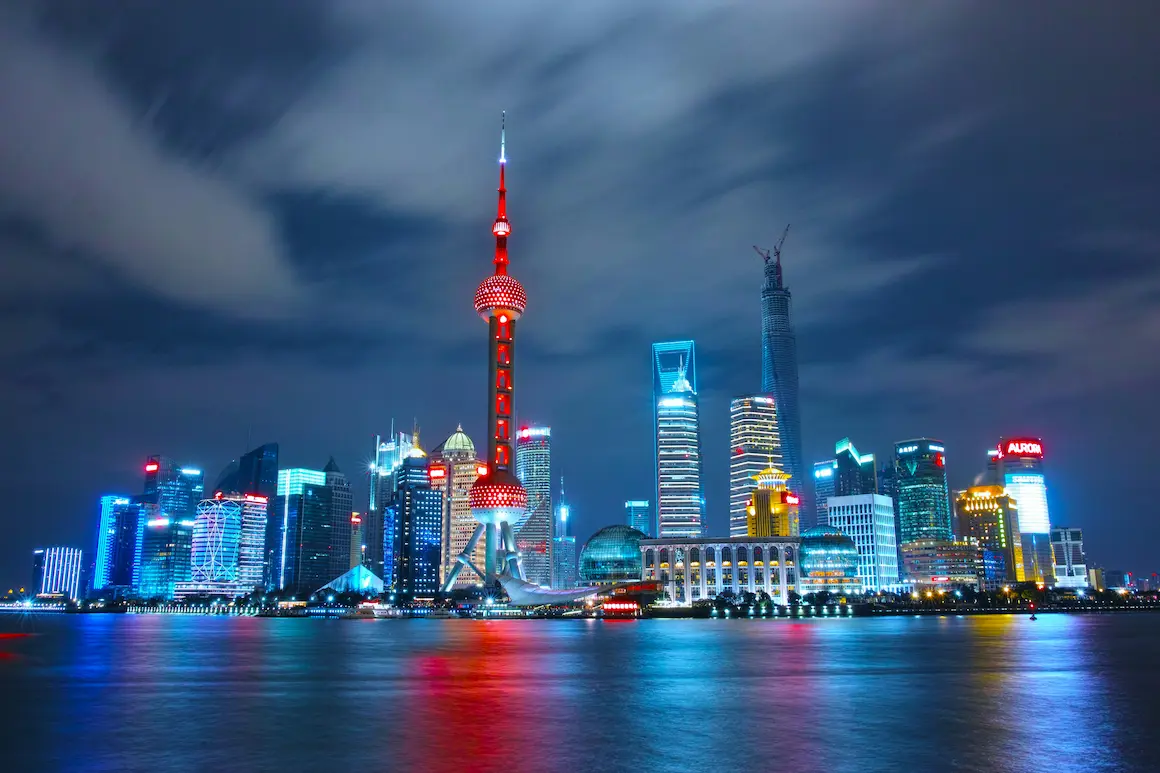
1 thought on “Shanghai Travel Guide 2025: The Complete Guide to China’s Most Fascinating City”